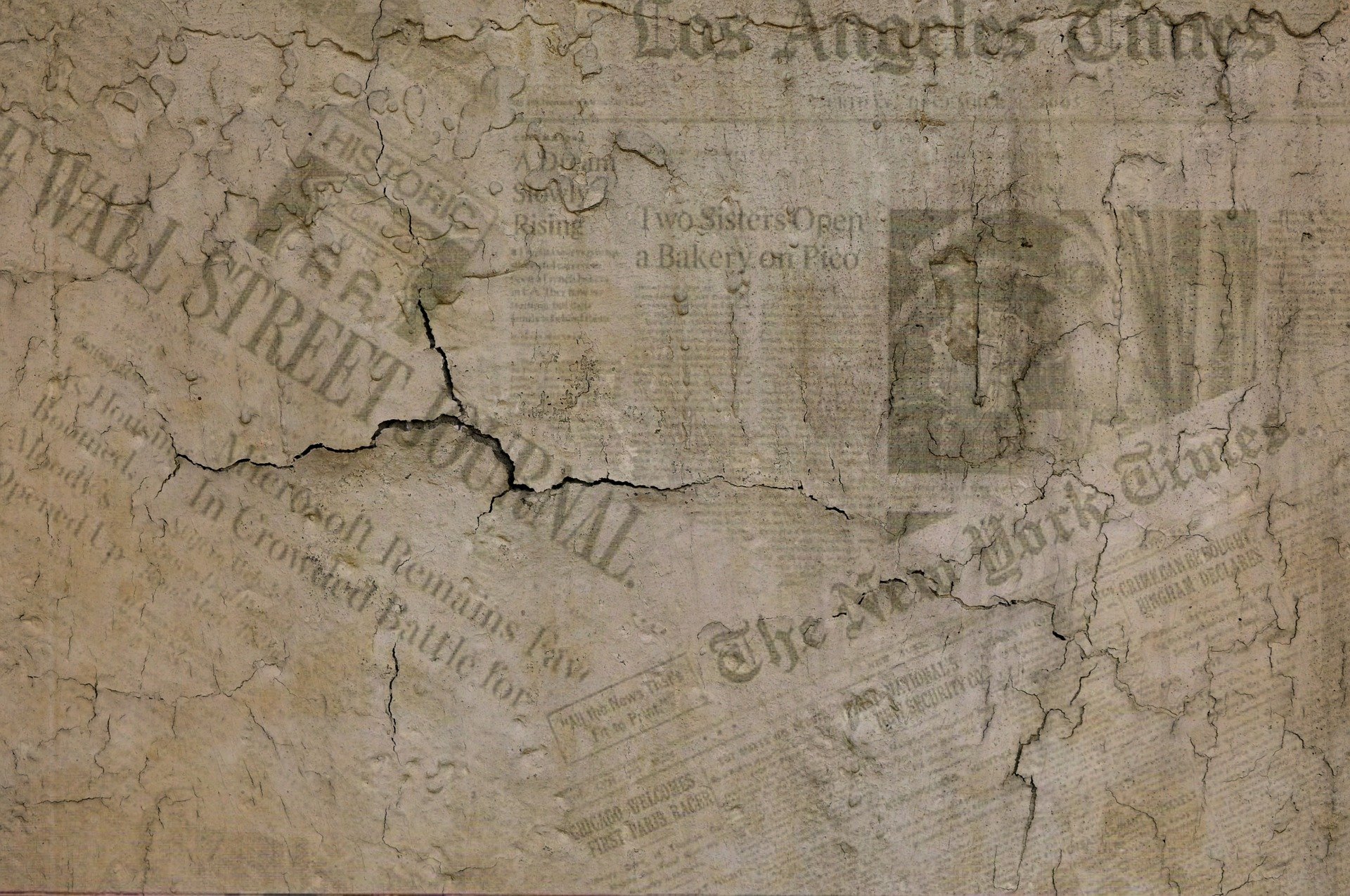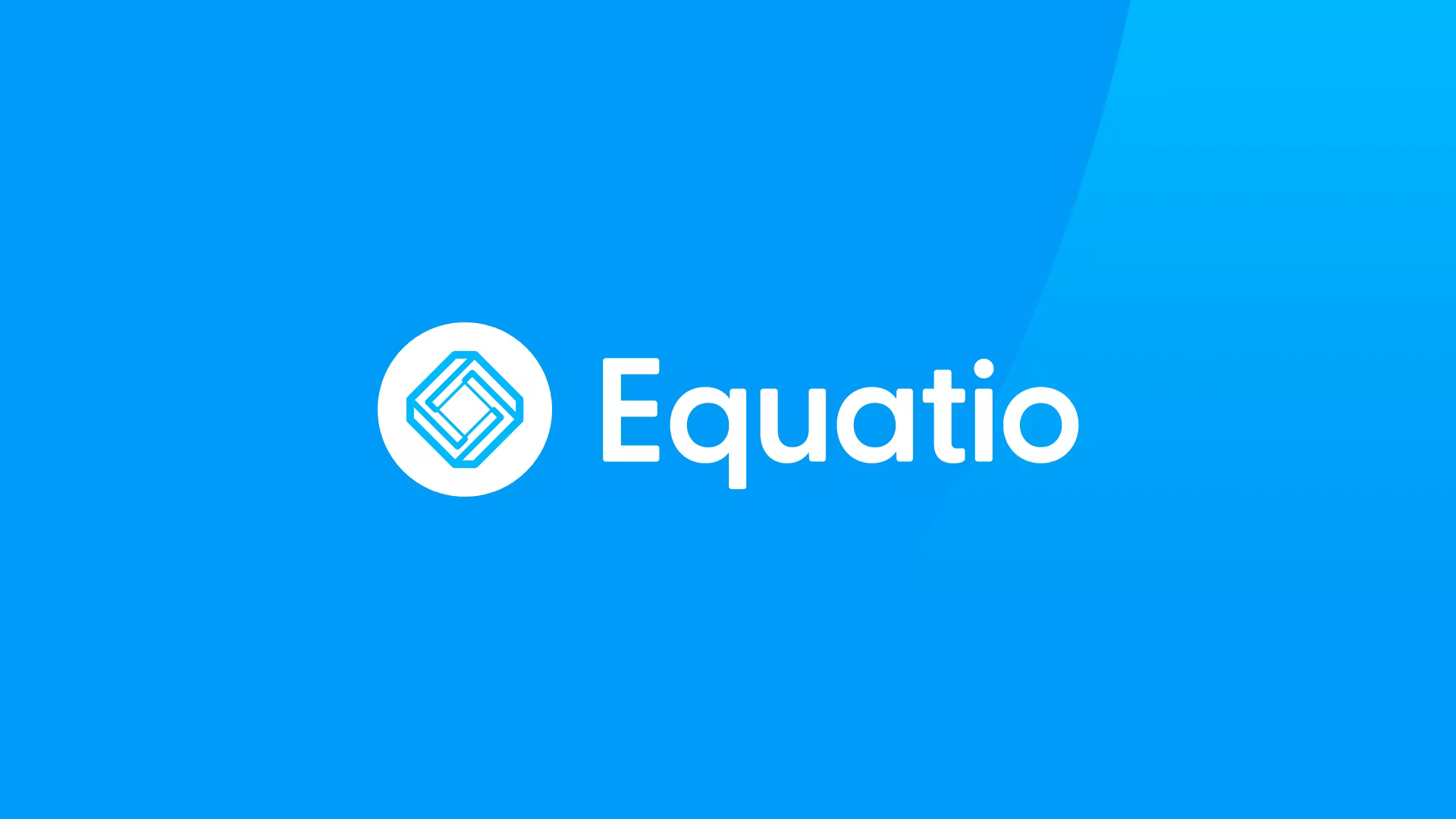How to Use Digital Newspaper Archives in Your Class
Using digital newspaper archives helps students gain new perspective about the past and present.

As a journalism professor with a keen interest in history, I may be biased, but I’ve always found newspapers, particularly old ones, to be an effective teaching tool.
Newspapers provide snapshots of different eras across subject matters, ranging from history and politics to fashion and more. Back in the day, to explore old newspaper archives, students had to dust off containers of microfilm at school libraries and learn how to work microfilm readers. Given the time-consuming nature of the process, researching newspapers was not a practice in which most K-12 students, or even college students, engaged. However, today there are digitized newspaper archives that allow students easy access to tens of thousands of publications that date back several hundred years.
Using these archives, students can gain new perspectives on the past and present, whether by reading firsthand accounts of mask-wearing and social distancing during the Spanish flu pandemic that began in 1918 or by looking up key moments in scientific history, such as the moon landing or breakthroughs in our understanding of DNA.
What Digital Newspaper Archives Can Educators or Students Use?
The place to start your digital newspaper exploration is Chronicling America, a free database maintained by the Library of Congress that includes more than 18 million digitized newspaper pages, spanning 1777 to 1963. Easy to use, if not as sleek as some of the subscription-based options, Chronicling America offers a wealth of historic newspapers that students can explore.
If you’re able to pay for a subscription, the options I use include:
- Newspapers.com - Grants access to 21,600+ newspapers from the 1700s to the 2000s and has an easy-to-use interface that allows you to clip and link to stories you can share with students.
- GeanologBank.com - Gives subscribers access to more than 2 million newspaper articles ranging from 1690 until today. In addition, the site has U.S. Census data and a wealth of other genealogical information.
- The New York Times - Print and digital subscribers to the nation’s most prestigious newspaper get access to the TimesMachine, a web-based archive with every Times story published prior to December 31, 2002. While less comprehensive than some other options, it’s a wonderful resource and subscription perk of which many Times subscribers are unaware.
How To Use Newspapers in Class
Regardless of what topic I’m teaching, I find a good way to introduce it is by letting students explore our historic relationship with it using newspaper archives. For instance, while discussing the modern-day problems with misinformation, I’ve shared examples of fake news stories that were printed in the late 1800s or early 1900s to launch into a discussion of how and why fake news spreads. A science teacher might share news about various scientific breakthroughs, while a political science teacher can find a wealth of fascinating political coverage from past elections.
Tools and ideas to transform education. Sign up below.
As effective as sharing stories with students is, having them conduct their own searches can be an active and engaging use of class time. You might have students research past pandemics and how any impacted your town or region. Chronicling America lets users search for African-American newspapers, which is a great tool for encouraging your students to rediscover narratives and stories from communities that were all too often overlooked by other media outlets.
Some students might even be able to make discoveries that extend beyond the classroom. Because of the extensive nature of newspaper archives, much of what is contained within any is unexplored. For example, using newspaper archives, I was able to disprove some falsehoods about hamburger history for the Washington Post (I was helped by a tip from a reader who carefully searched Chronicling America archives). A few years ago, a 14-year-old 8th grader named Rebecca Fried used newspaper archives to prove that “No Irish Need Apply” signs did exist, despite a widely distributed and accepted article from a professor falsely arguing the signs were a myth.
That’s the power of primary source documentation. A power that is at our and our students’ fingertips.
Erik Ofgang is a Tech & Learning contributor. A journalist, author and educator, his work has appeared in The New York Times, the Washington Post, the Smithsonian, The Atlantic, and Associated Press. He currently teaches at Western Connecticut State University’s MFA program. While a staff writer at Connecticut Magazine he won a Society of Professional Journalism Award for his education reporting. He is interested in how humans learn and how technology can make that more effective.

